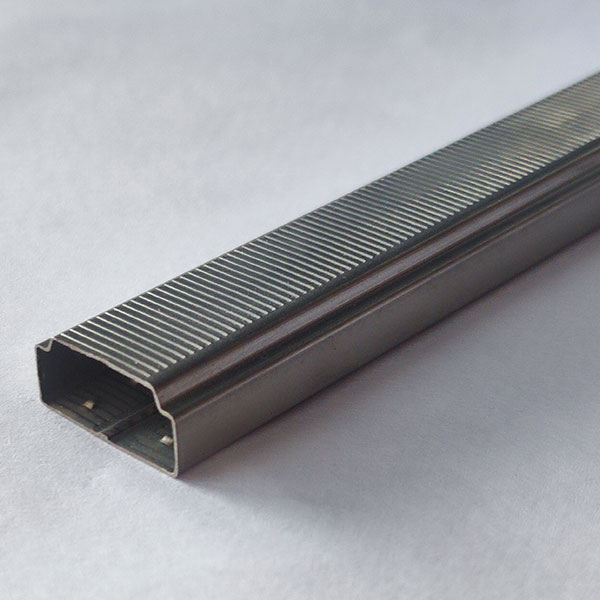Functions of Warm edge spacers
2024-04-26
A warm edge spacer is a component used in the construction of insulating glass units (IGUs), such as double or triple glazing windows, to improve energy efficiency and reduce heat loss at the edges of the glass panes.
Here's a breakdown of its key features and functions:
1. Insulation: Warm edge spacers are designed to replace traditional aluminum spacers used in IGUs. Unlike aluminum, which conducts heat readily, warm edge spacers are made from materials with lower thermal conductivity, such as thermally improved stainless steel, fiberglass, or thermoplastic materials like polypropylene.
2. Thermal Performance: By reducing heat transfer through the edges of the glass panes, warm edge spacers help to improve the overall thermal performance of the window. This can result in reduced energy consumption for heating and cooling, leading to lower utility bills and improved comfort for building occupants.
3. Condensation Resistance: Warm edge spacers can also help to reduce the risk of condensation forming on the inside surface of the glass, particularly in cold climates. By maintaining higher interior surface temperatures near the edges of the glass, they minimize the likelihood of moisture condensing and potentially causing issues such as mold growth or damage to surrounding materials.
4. Durability: Warm edge spacers are designed to withstand the stresses of thermal expansion and contraction that occur with changes in temperature. High-quality spacers are durable and resistant to degradation over time, ensuring long-term performance and reliability.
5. Compatibility: Warm edge spacers are available in various sizes and configurations to suit different types of IGUs and window frames. They can be used in conjunction with different types of glass and coatings to achieve specific performance goals, such as enhanced thermal insulation or solar control.
Overall, warm edge spacers play a crucial role in improving the energy efficiency, comfort, and durability of windows by reducing heat loss and condensation at the edges of insulating glass units.



